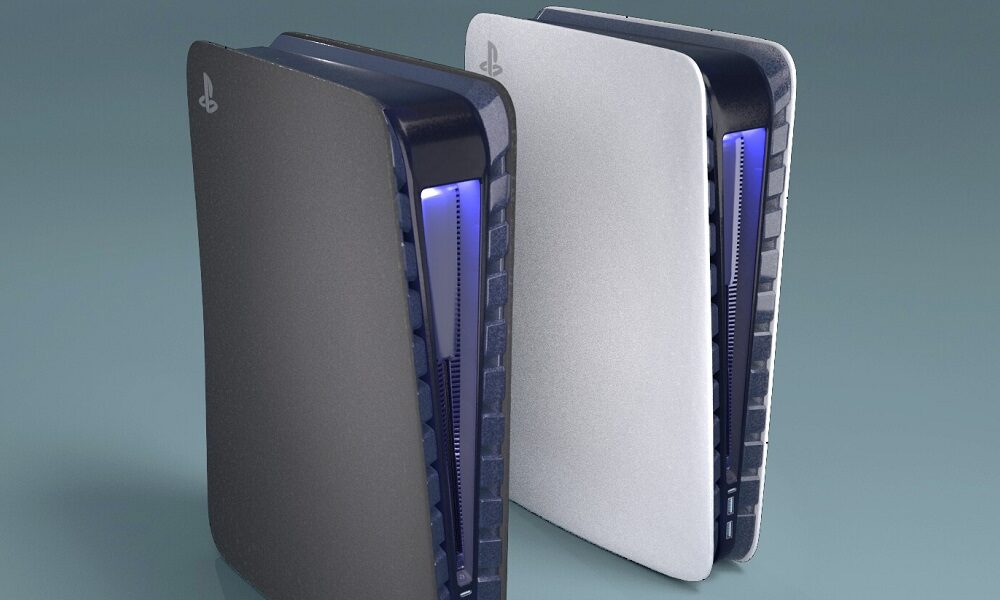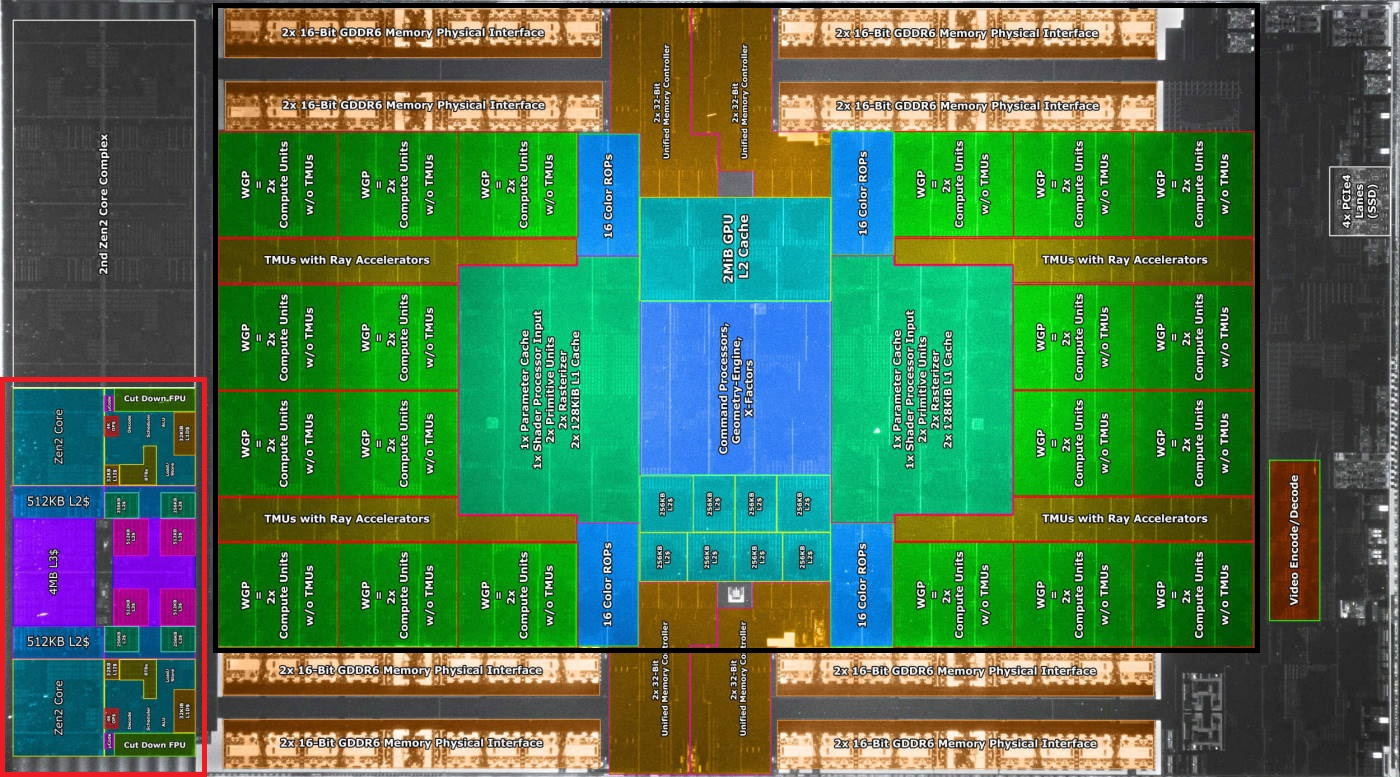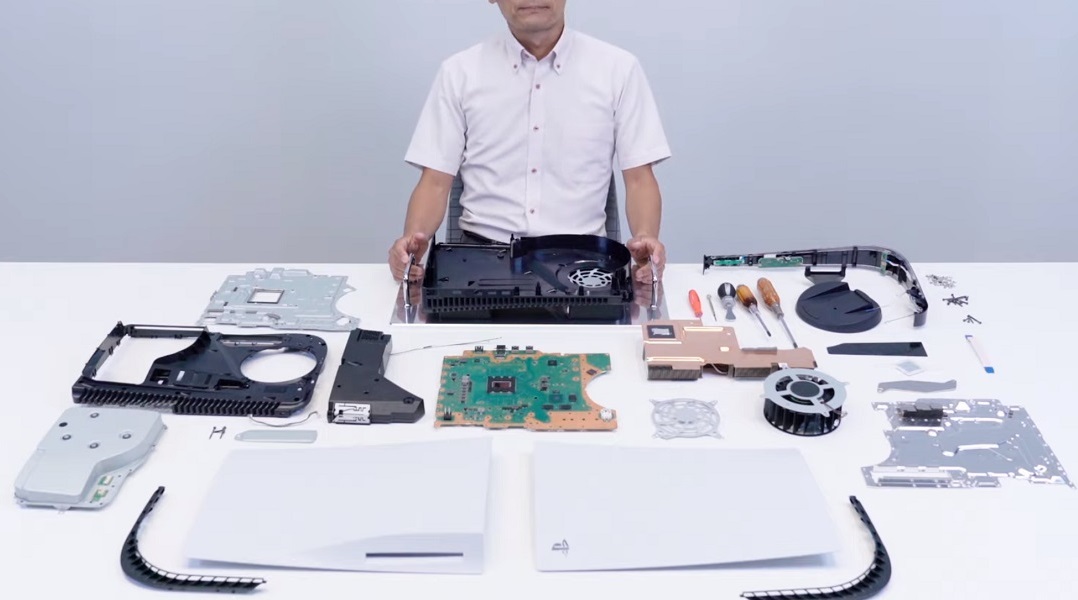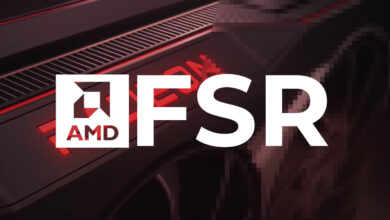
The development of PS5 Pro remains a mystery in many ways, but despite the lack of information we are clear on some important details. We know that it will be more powerful than PS5, that it will adopt a new designwhich will have a more powerful cooling system and that it will not introduce major changes at the CPU and GPU architecture level to avoid possible compatibility problems with the original model, and also not to make things more difficult for developers.
PS5 Pro will also keep the base structure of PS5, and this means that in the end it will have to face three great limitations that will end up affecting its performance, something that also happened at the time with PS4 Pro and that has become a constant since the consoles went from using specialized hardware, and from the classic division of CPU and GPU into two independent chips, to use PC hardware with a semi-custom design and to integrate both components in a single package.
Due to these limitations the real potential of PS5 Pro It will not be able to reach that of a high-end PC of the latest generation, although being fair we must say that in the end the objective of a console is not this. However, the problem arises when brands insist on promoting their consoles as if they were really at that level, something that in fact already happened at the time with PS5, and which led some to believe that it was utter nonsense. One of the most famous was that said console was going to move games in 8K.
1.-Silicon and available space: the problem of using an APU in PS5 Pro

In red the space that the Zen 2 CPU occupies in the PS5 APU, and in black the space that the GPU occupies.
PS3 was the last Sony console to have a CPU and GPU in separate packages. This allows each to have its own space on a single chip., and facilitates the integration of more powerful solutions at the cost, yes, of a higher production cost. It also implies that we have two components that need cooling and power.
With PS4 the Japanese company simplified the design and opted for an APU, a chip that integrates CPU and GPU in a single package. This has its advantages, since it makes design and production easier and cheaper, and allows two key components to be controlled under a single chip and a single contact base, but it imposes important limitations that derive, above all, from the space available at the board level. silicon.
PS5 followed that path, and Sony will repeat with PS5 Pro, a console that will re-integrate CPU and GPU on one chip, and in the same package. It’s true that the PS5 APU has a Zen 2 CPU and a Radeon GPU with 2,304 shaders, but these don’t have the same features or performance as their PC equivalents. They were cut down so they could fit on a single silicon chip.and the same is going to happen with the APU of PS5 Pro.
They weren’t minor cuts. The PS5 CPU has major limitations on floating point units and It only has 8 MB of L3 cache.while a Ryzen 7 3700X comes with 32MB L3 cache. For its part, the GPU has 2,304 shaders, the same as a Radeon RX 6700, but does not have the 80 MB infinite cache what a sum this
Stick those caches and keep the floating point units intact would have skyrocketed the space required at the silicon level, as well as the costs and size of the package. Keep in mind that the Radeon RX 6700 GPU uses a 335mm square package, and the PS5 APU only goes to 308mm square, and has to fit that Zen 2 CPU too.
Well, as I said, all this will be repeated with PS5 Pro. AMD you’ll have to juggle again to fit a more powerful CPU and GPU into a single package without the costs skyrocketing. This time the company may resort to the 3D stacked cache, but it seems unlikely to me due to its impact at the cost level.
2.-Refrigeration: heat dissipation in a very small space
There’s a reason Sony used liquid metal on PS5, to speed up heat transfer between the APU and the cooling system. This is key when concentrating a high TDP CPU and GPU into a single package, as this translates in a very small area and it is easier for heat to accumulate in it.
Also keep in mind that a console has a smaller space than a PC to integrate the components, and that this makes it necessary to fine-tune consumption, the heat generated and the cooling system much better. Otherwise we run the risk of reaching too high temperature values, and these can cause thermal throttling, stability problems and ultimately hardware damage.
Using a good cooling system is important, but in the end the physical limitations will be present, and it is impossible to work miracles. Since CPU and GPU share packaging they also share TDPand this cannot exceed a certain threshold because, in the end, it would be impossible to transfer the heat fast enough from such a small area, and it would accumulate irretrievably.
All this has a very important consequence, which is that there are certain power levels that cannot be exceeded, and working speed thresholds that are not viable. It is no coincidence that PS5 uses a GPU with dynamic frequency and peak at 2.23 GHz, while your CPU only hits 3.5 GHz, also dynamically. The system adjust both frequencies and you can reduce one to raise another when necessary.
That configuration of dynamic frequencies avoids problems of stability and excess heat generated, and was instrumental in allowing Sony to fine-tune the performance of the PS5 CPU and GPU. This same scenario will be repeated with PS5 Pro, and in the end it will end up greatly limiting Sony’s options.
3.-Manufacturing cost and sale price: a question of value
We have already said that PS5 Pro is going to be a more powerful console than PS5, that is precisely its objective and its reason for being, but Sony cannot limit itself to choosing the most powerful components that are available, not only due to limitations at the level of space in the silicon and cooling that we have already indicated, but also because that it would trigger the production cost of the console, and would end up affecting the sale price.
Launching a PS5 Pro with a price that exceeds between 100 and 200 euros the cost of PS5 would be totally reasonable, but shooting it above those values would be counterproductive, even if Sony makes up for it by offering better features. For this reason, in the end the Japanese company will have to balance the technical improvements of said console and maintain a balanced level of costs, otherwise the price of said console could reach a level that is not very attractive for the user.
PS4 Pro is a prime example. This console brought a much more powerful GPU, but in the rest of its specifications it did not have significant improvements.as Sony simply increased the CPU frequency and introduced 1 GB of DDR3 memory for system and applications, which freed up 512 MB of GDDR5 unified memory that developers could take advantage of to work with resolutions higher than 1080p.
I am inclined to think that in the end that PS5 Pro will end up following the same approach as PS4 Pro, that is, that Sony will prioritize the integration of a more powerful GPU, and that to mitigate costs we will not see relevant improvements in the rest of its components. Since in the end the GPU is the most important component of a console it would be a totally understandable move.
Cover image: Mark Illing.





